REDSHIFT RENDERER
Redshift is an award-winning, production-ready GPU renderer for fast 3d rendering and is the world’s first fully GPU-accelerated biased renderer.
Redshift is a powerful GPU-accelerated renderer, built to meet the specific demands of contemporary high-end production rendering. Tailored to support creative individuals and studios of every size, Redshift offers a suite of powerful features and integrates with industry standard CG applications.
Seamless integrated with





REDSHIFT MAIN FEATURES
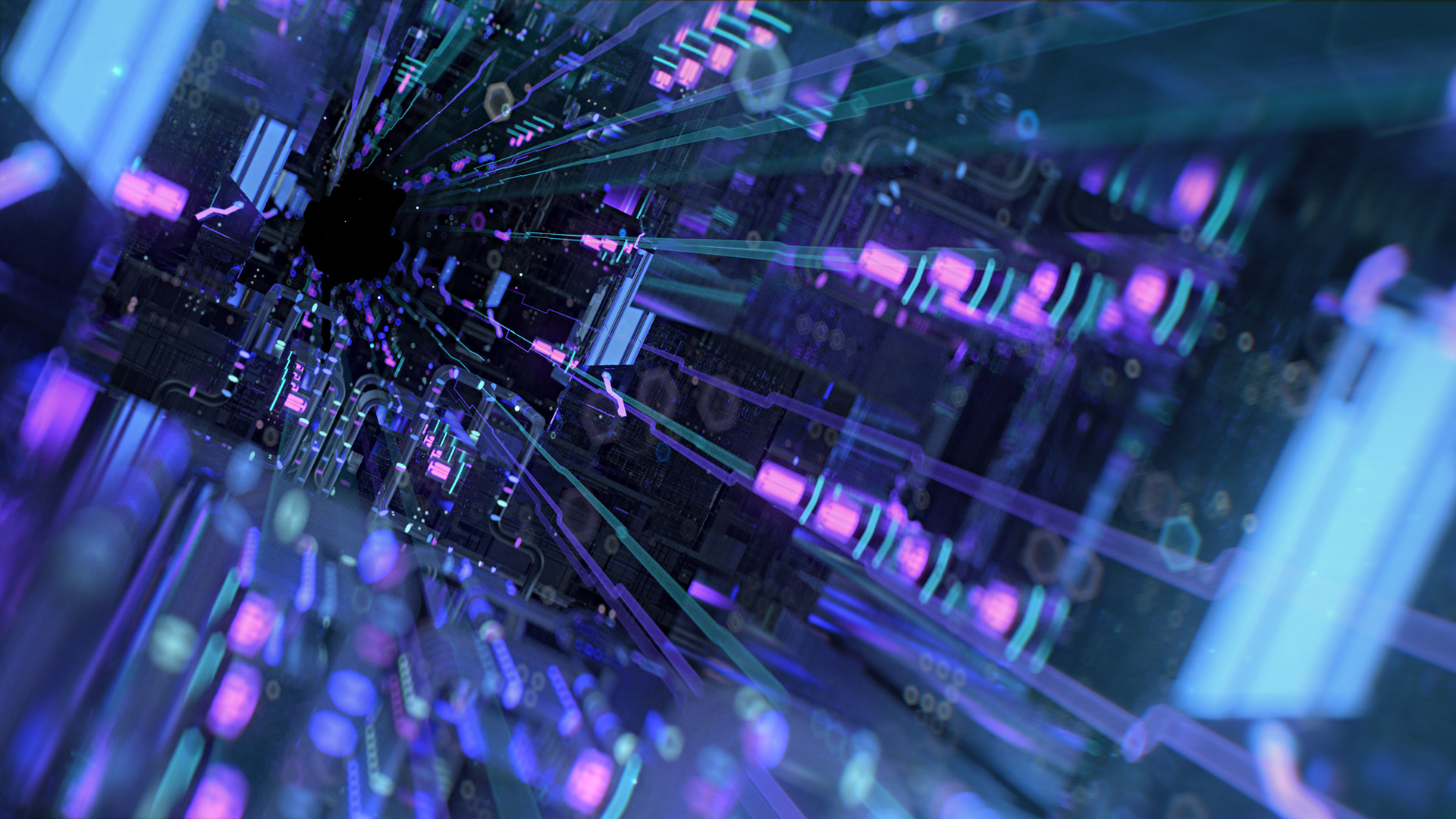
CORE PRODUCTION STRENGTH
Redshift has the features and uncompromising quality of a CPU renderer, but at GPU rendering speeds. Unlike other GPU renderers out there, Redshift is a biased renderer that allows the user to adjust the quality of individual techniques in order to get the best performance/quality balance for their production.
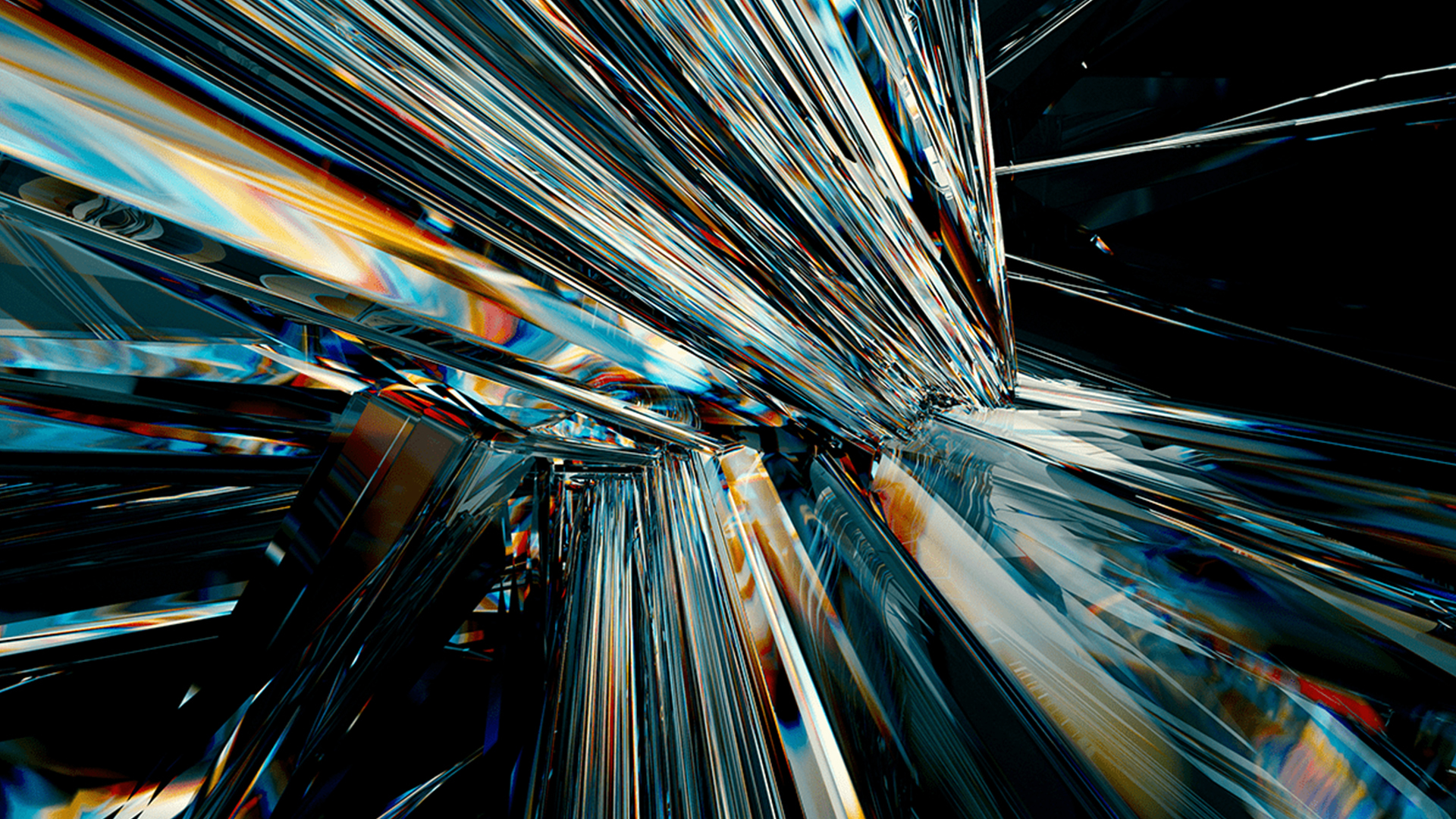
GPU-ACCELERATED
Redshift is a powerful GPU-accelerated renderer, built to meet the specific demands of contemporary high-end production rendering. Tailored to support creative individuals and studios of every size, Redshift offers a suite of powerful features and integrates with industry standard CG applications.
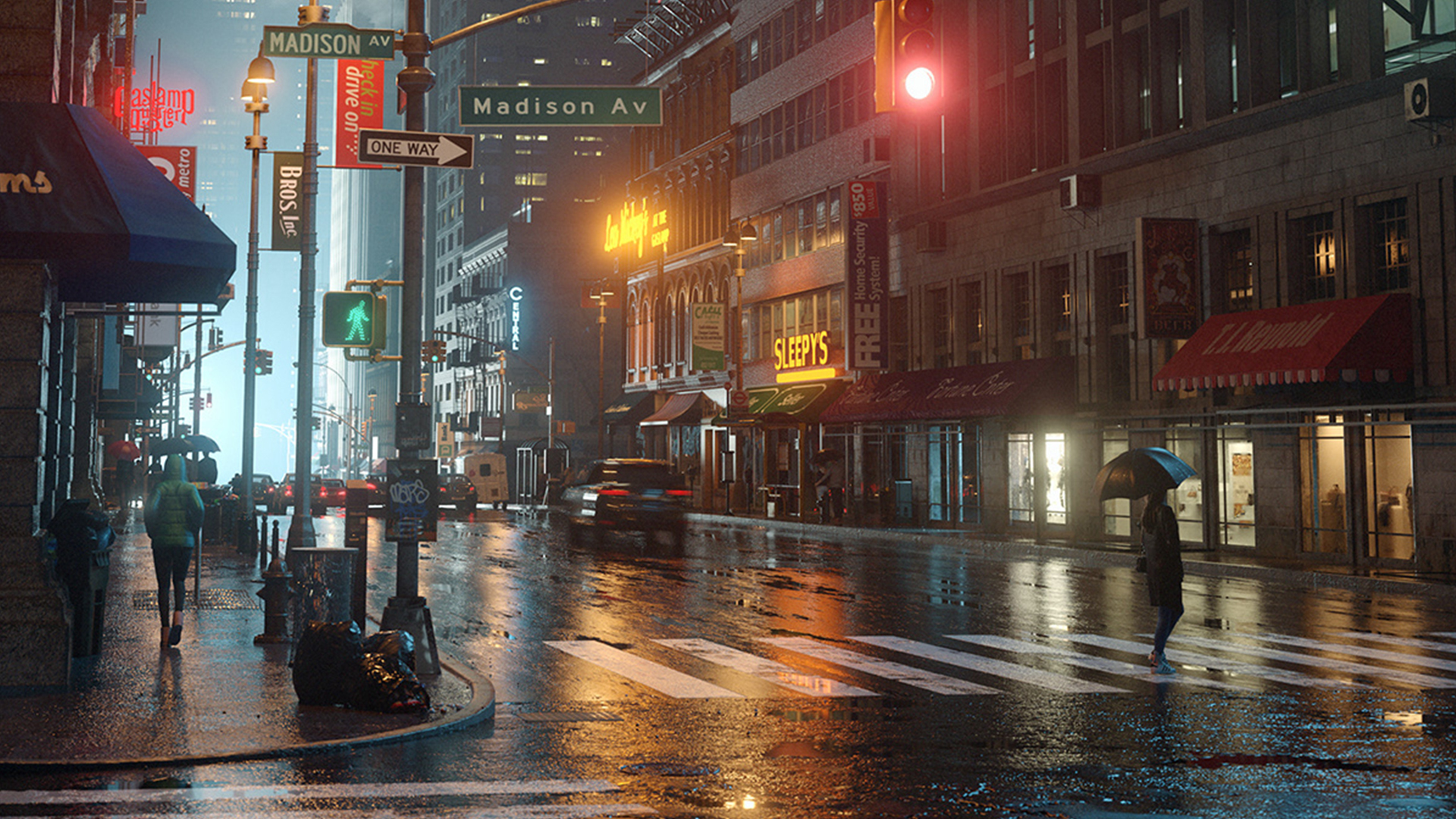
PHOTOREALISM
Redshift’s out-of-the-box functionality provides the essentials for delivering photorealistic results, and its RenderView Interactive Preview Region makes it a breeze to tweak settings and get immediate results. In fact, artists can make adjustments more or less in real time.
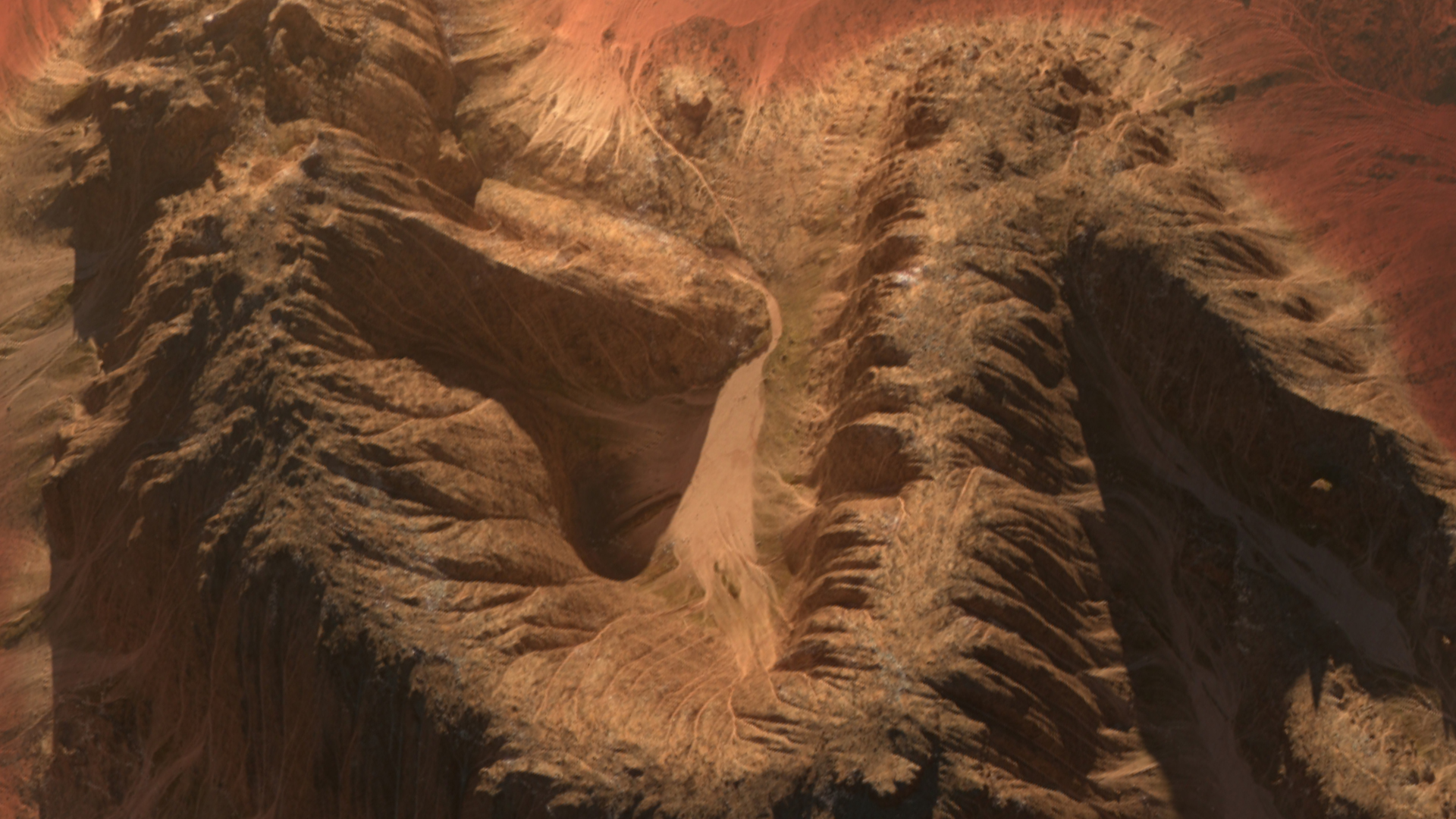
SHADING & TEXTURE
Redshift supports complex, advanced shading networks and texturing capabilities as required for production-quality rendering.

CHARACTER
Every artist wants their renders to look great, but also need results quickly because faster rendering means more time to be creative and deliver client revisions. There are many amazing renderers out there that can bring your 3D creations to life, but only Redshift consistently delivers both breathtaking speed and remarkable imagery.
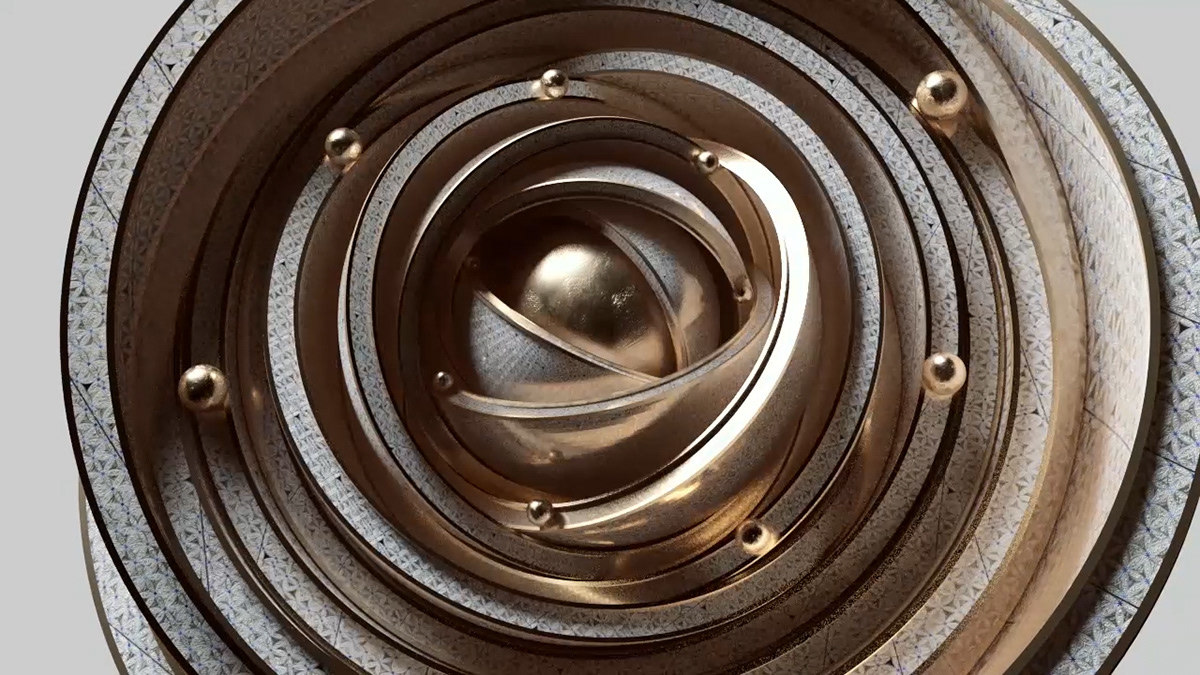
INTEGRATIONS
Redshift supports the industry’s most popular 3D applications, offering seamless integration into your production pipeline. Redshift standalone supports all integrations - you can jump between any of the supported applications without any additional cost for each integration.
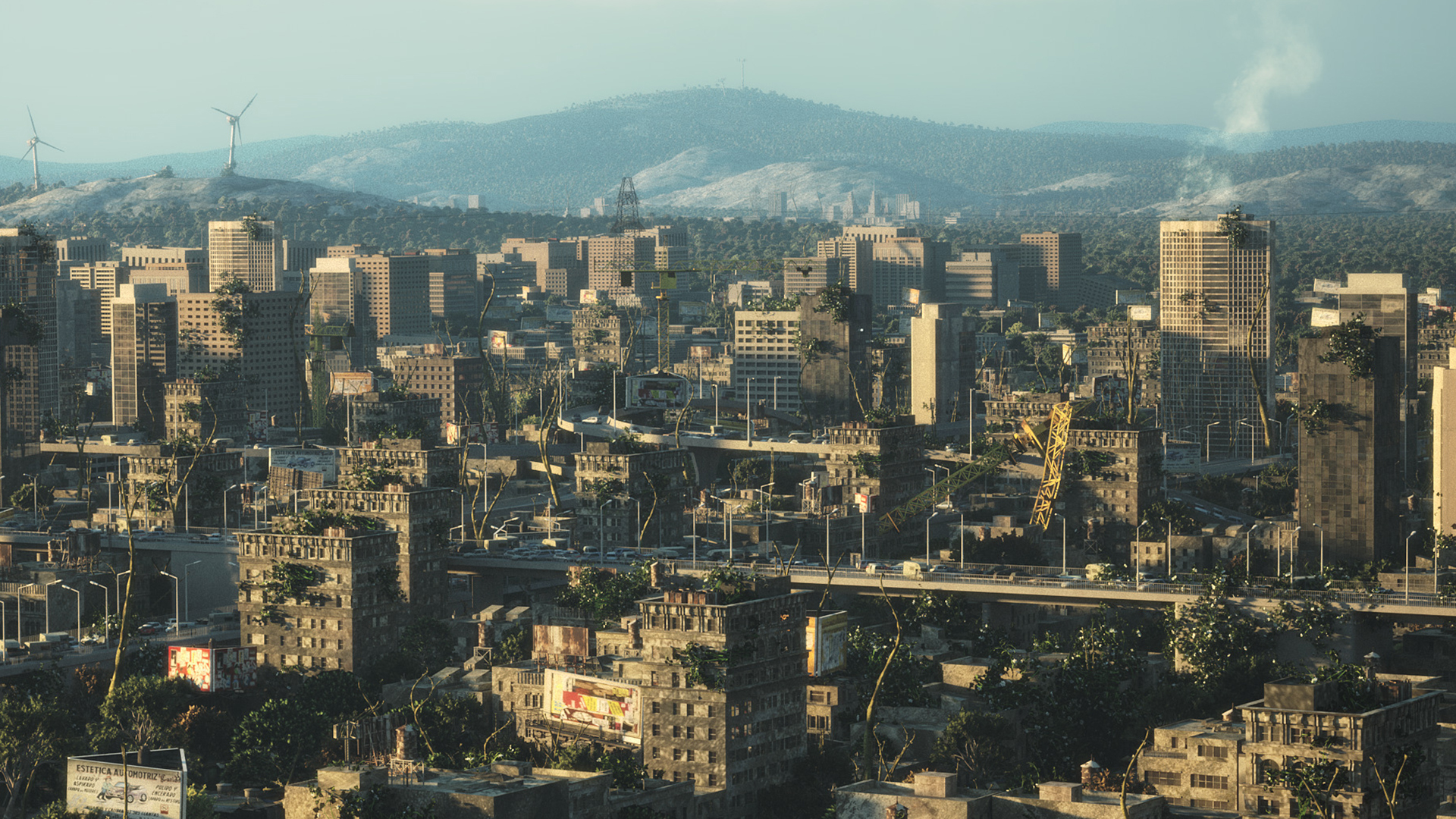
Out of core geometry and textures
Redshift's efficient memory management allows rendering of scenes containing hundreds of millions of polygons and TBs of texture data.
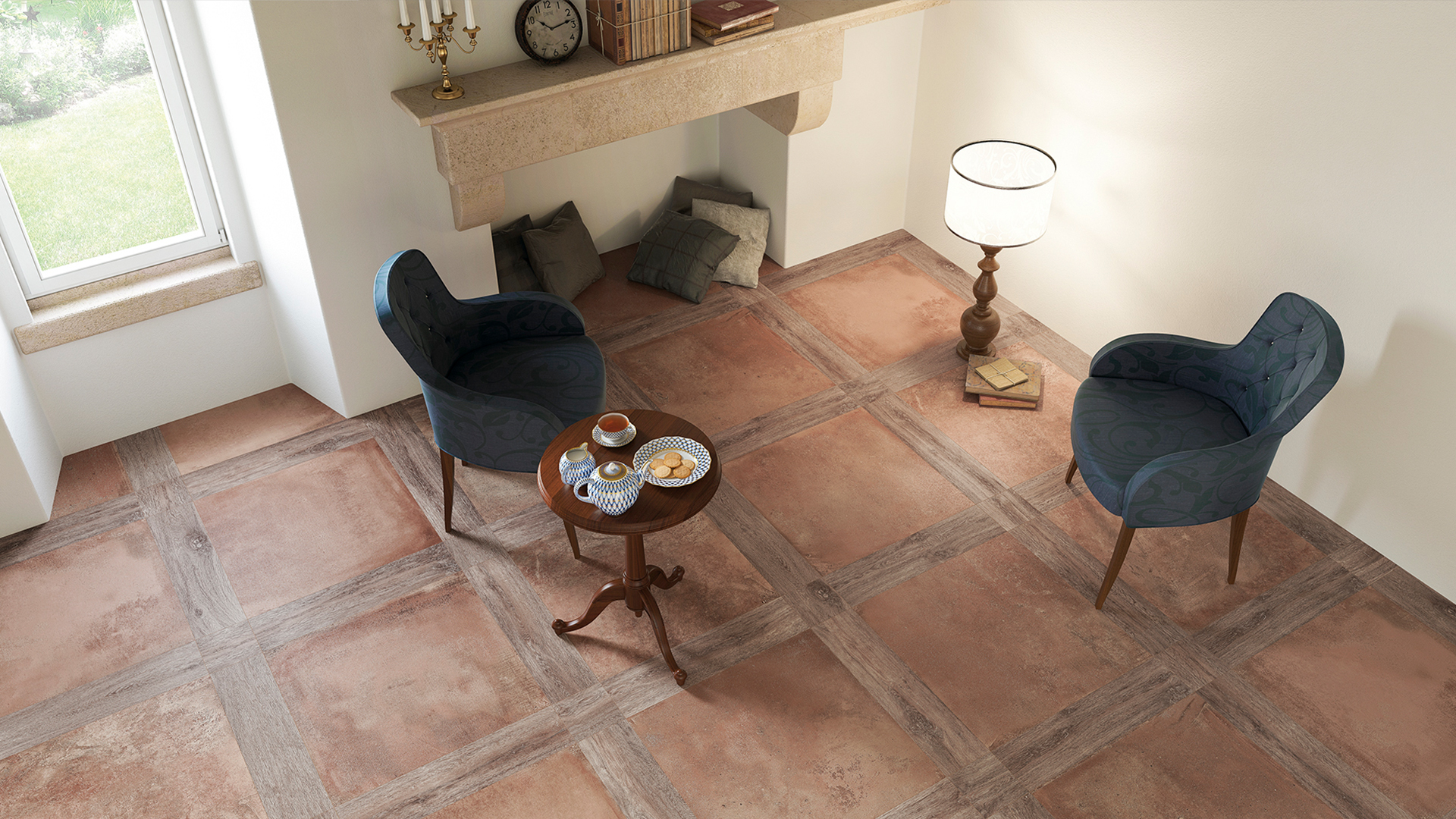
Global Illumination
Achieve blazingly fast indirect lighting using biased point-based GI techniques, as well as brute-force GI.

World-leading performance
Harnessing the raw power of the GPU and using intelligent sampling techniques makes Redshift the worlds fastest renderer.
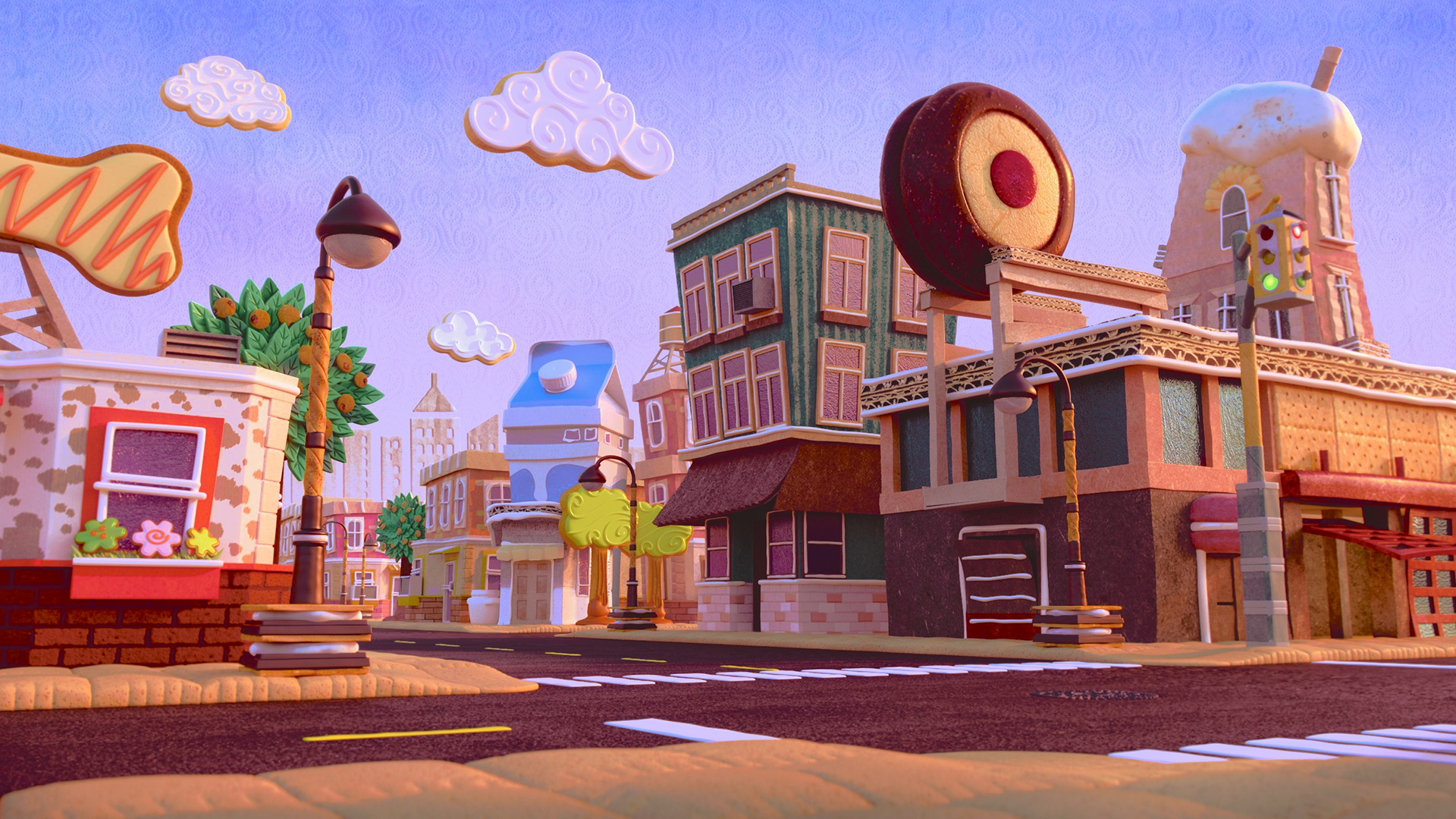
Proxies
The user can export groups of objects and lights to Redshift Proxy files which can be easily referenced by other scenes. Proxies allow for powerful shader, matte and visibility flag overrides as often required in production.
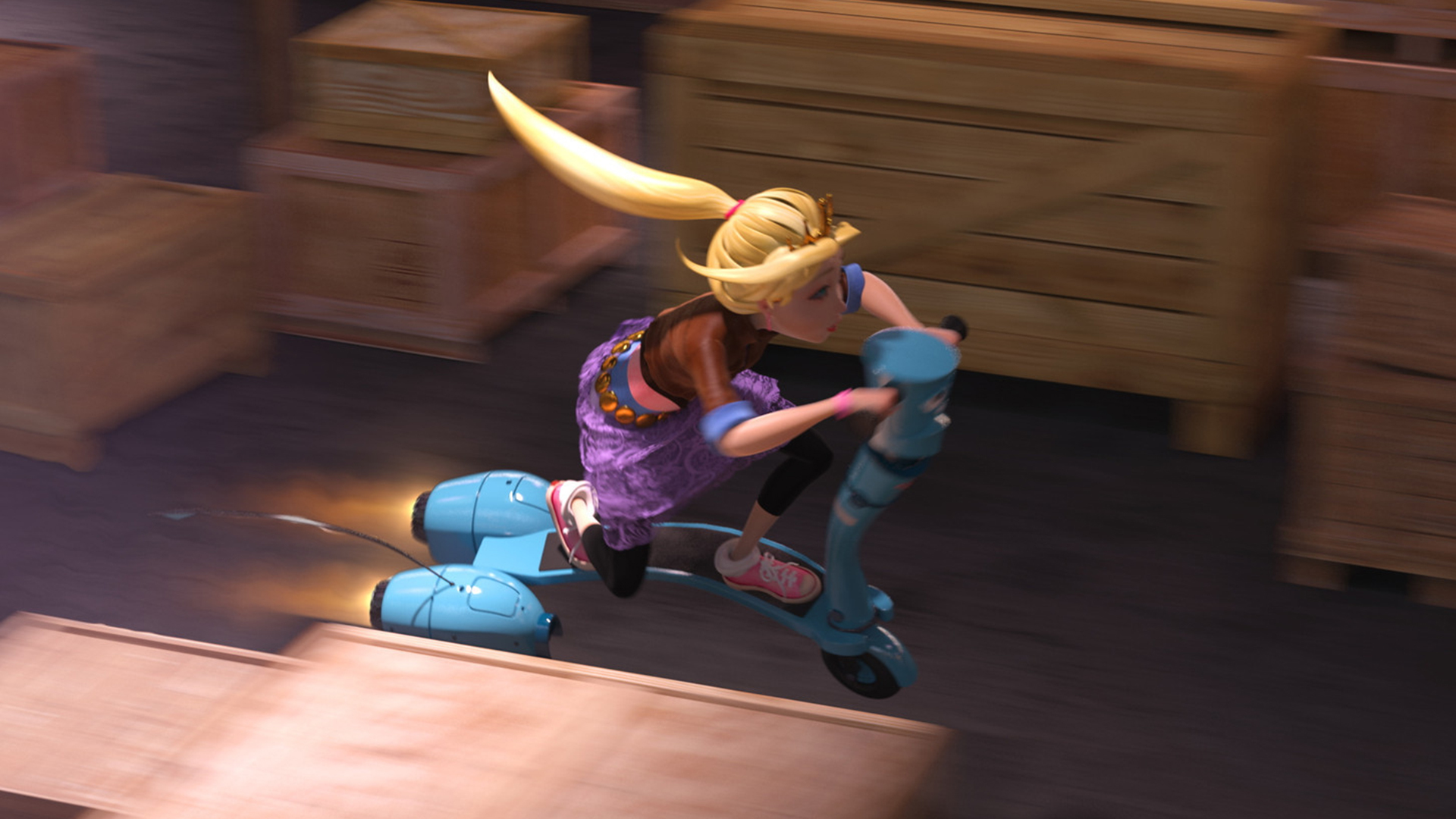
Transformation and deformation blur
Redshift supports multi-step transformation blur and 2-step deformation blur.
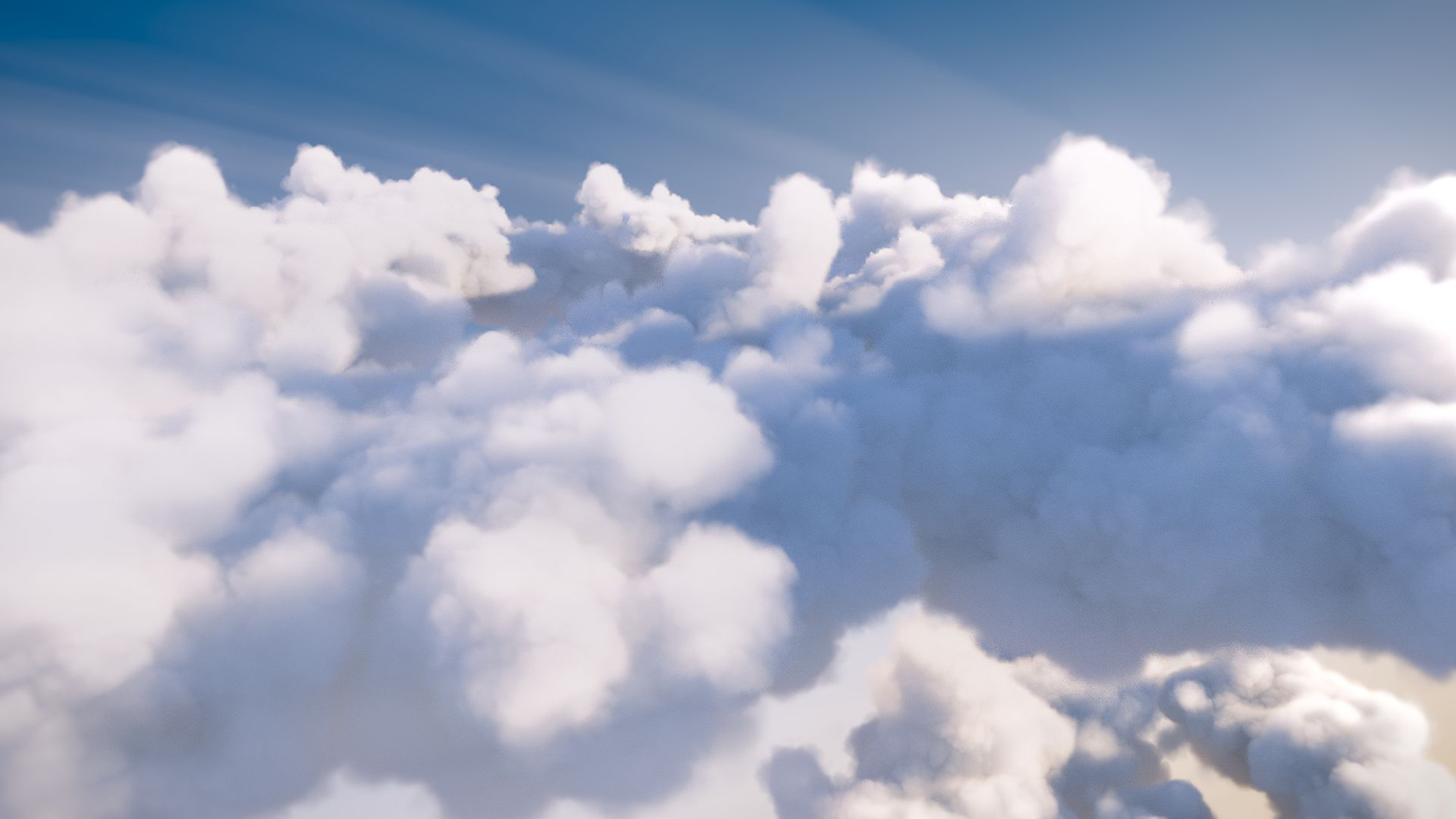
Volumetric rendering
Redshift support OpenVDB rendering in all 3d apps and native volume rendering in Houdini. Redshift lights can cast volumetric lighting around them.
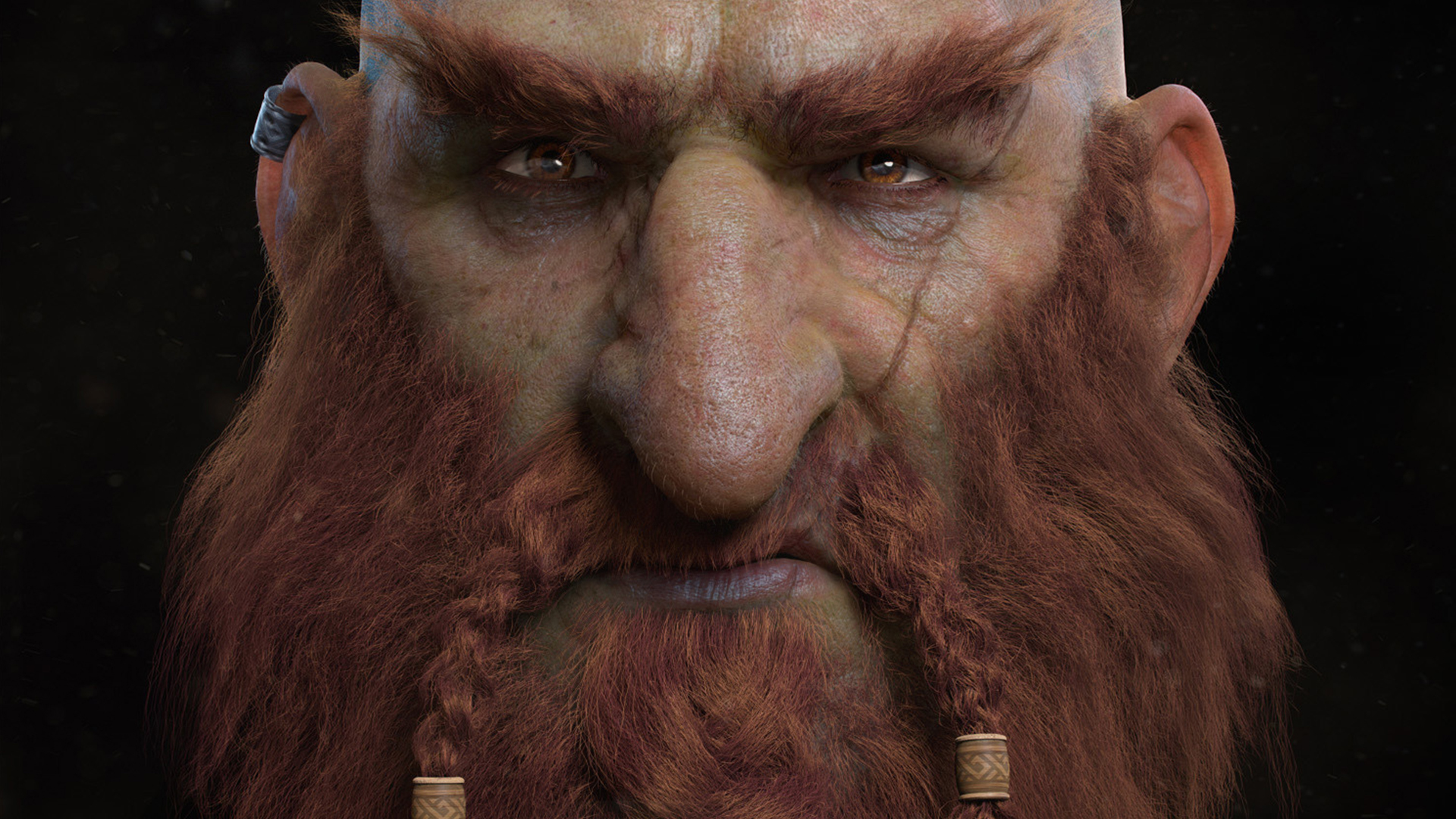
Hair rendering with ‘Min Pixel Width’
Thin hair can produce noisy renders. Redshift supports 'MPW' rendering which smooths out the look of thin and hard-to-sample hairs.
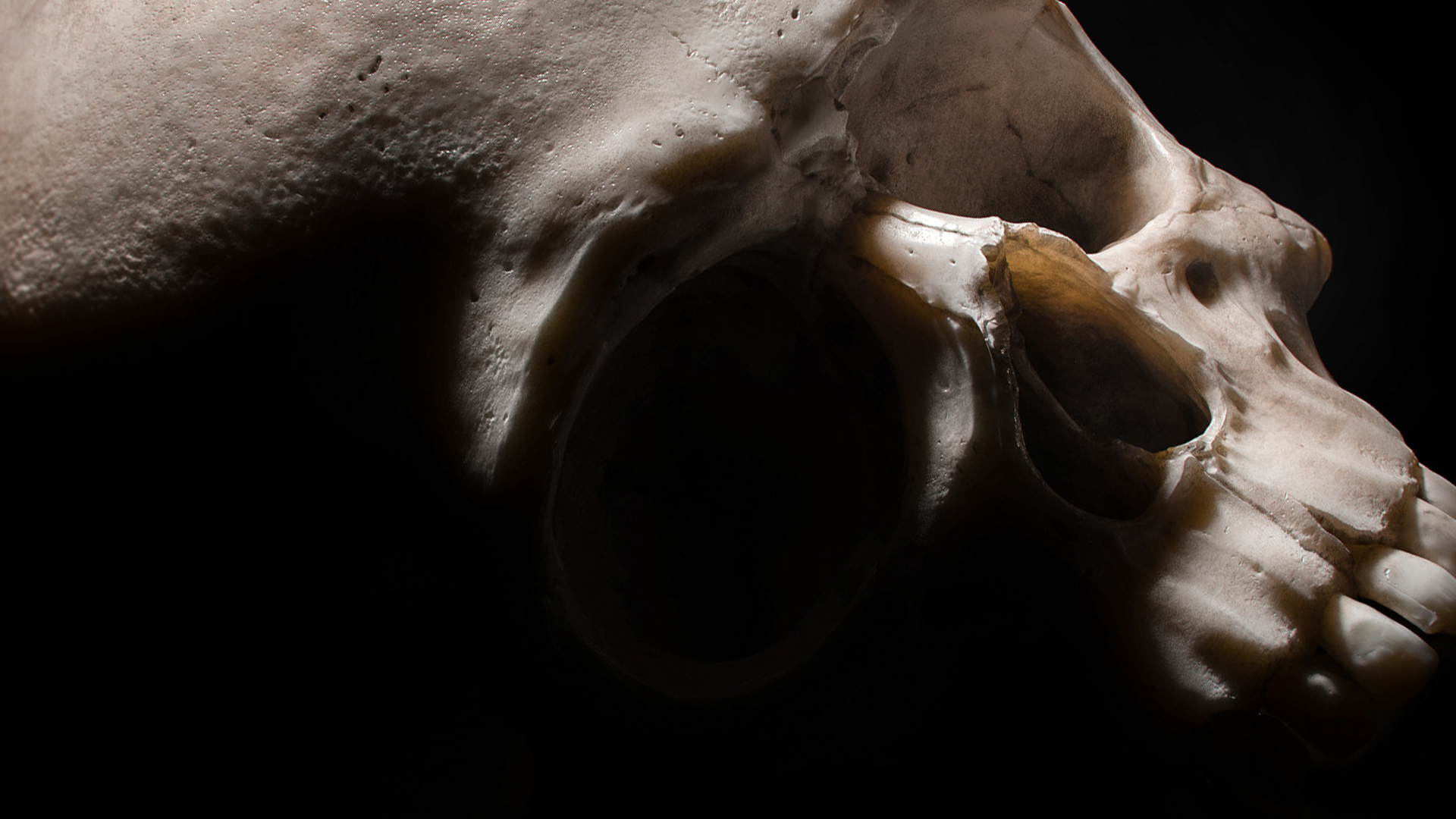
Tessellation and displacement
Redshift's tessellation supports edge and vertex creasing with separate UV smoothing control.
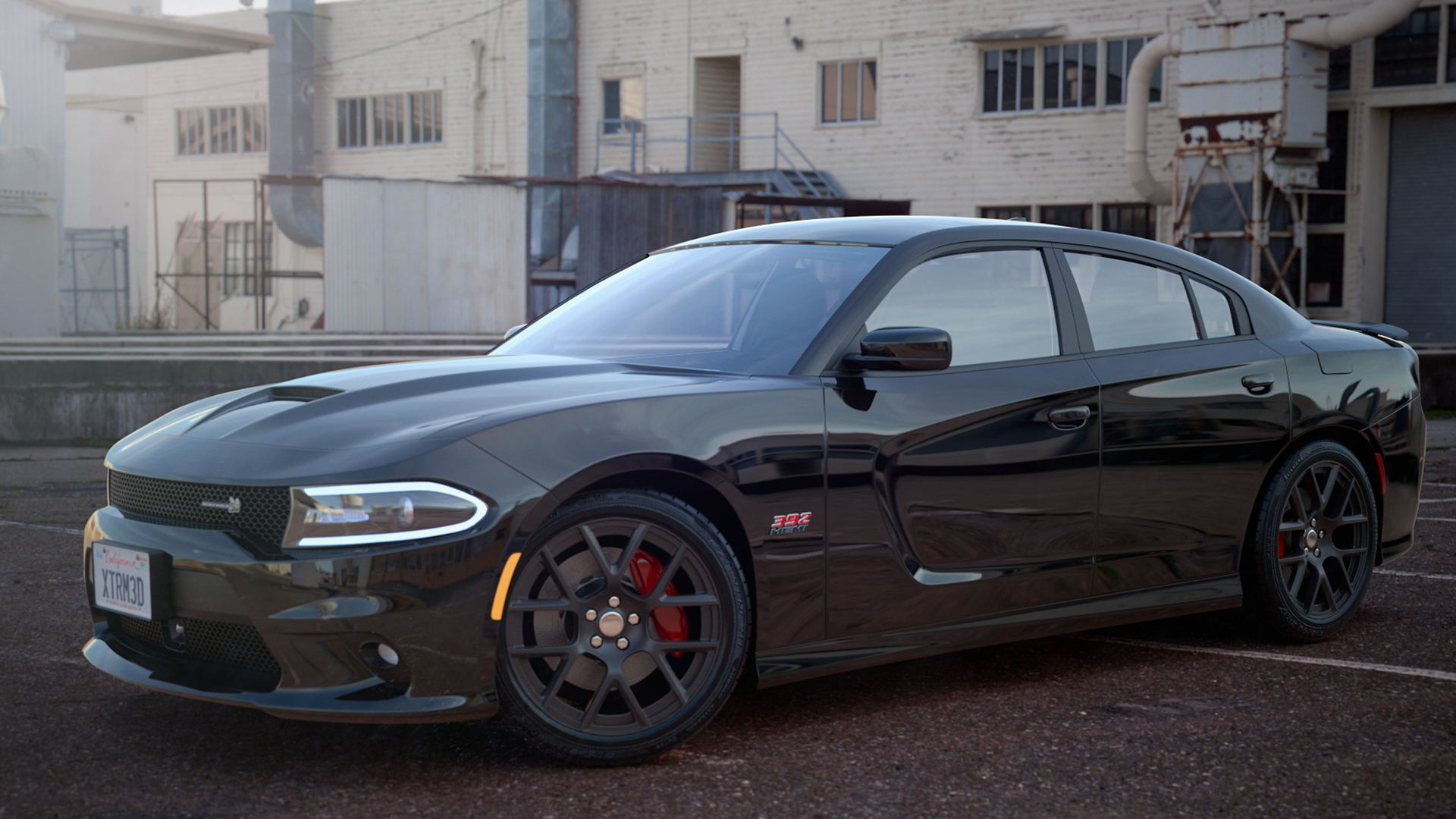
Per-object flexibility
Objects have advanced matte features and tracing options such as self-shadowing and primary/secondary ray visibility.
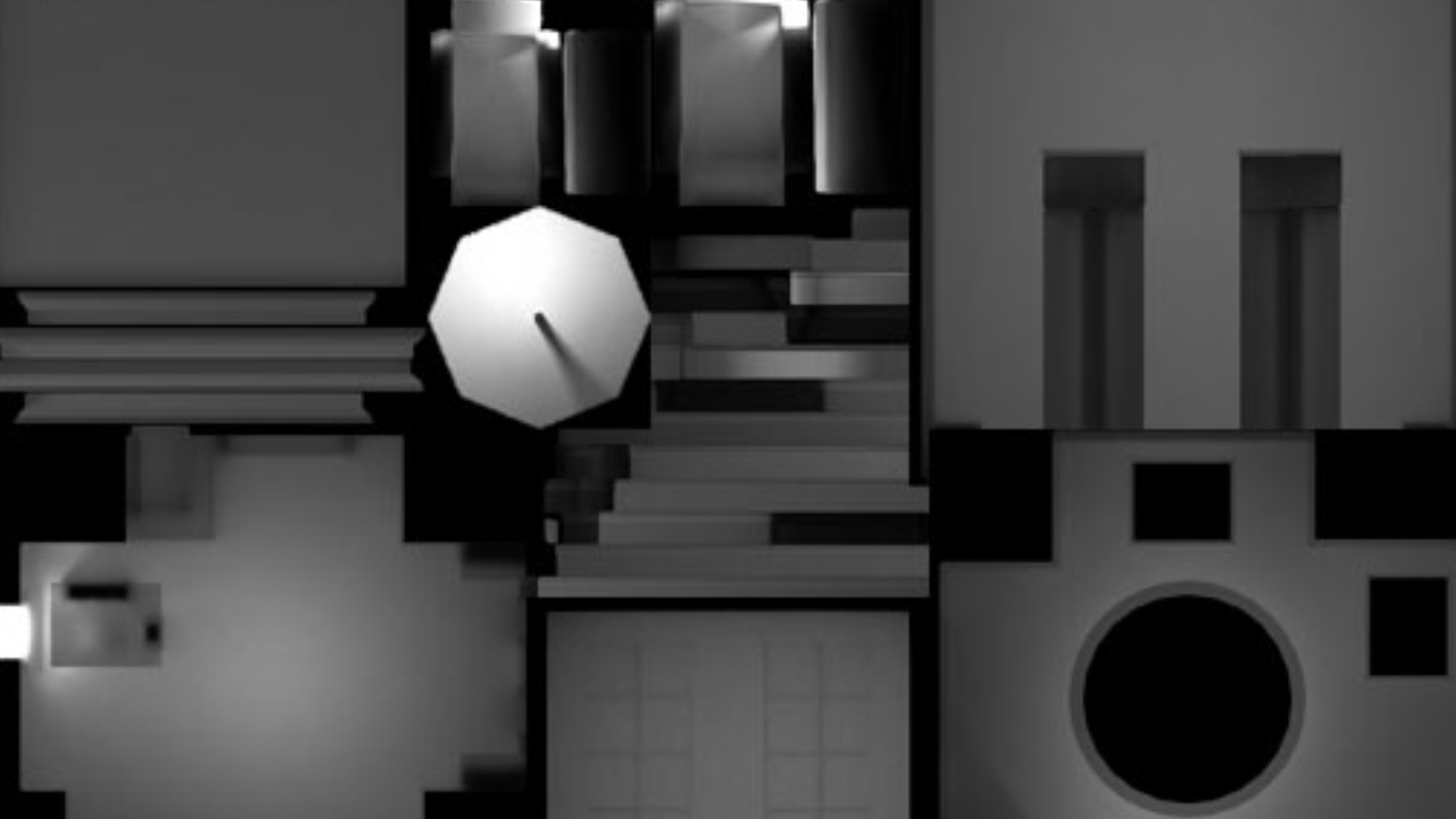
Baking
Redshift allows for any type of AOV data to be baked out from individual objects.
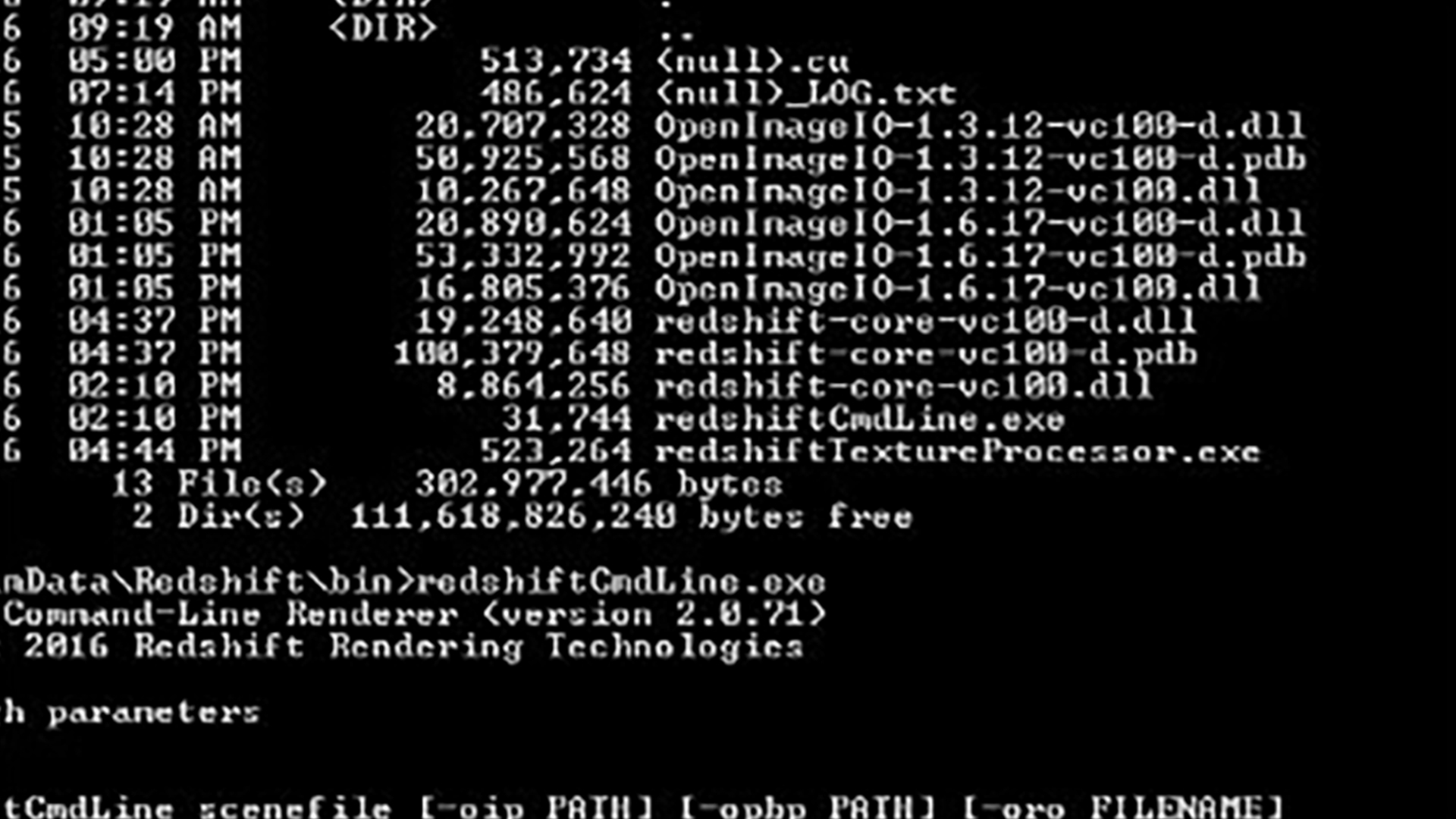
Command-line rendering
Users can export their scene and render it independently of their 3d app using the redshiftCmdLine tool.

SDK
A C++ SDK is available for studios that require deeper integration of Redshift with their pipelines. Please contact us for more info.
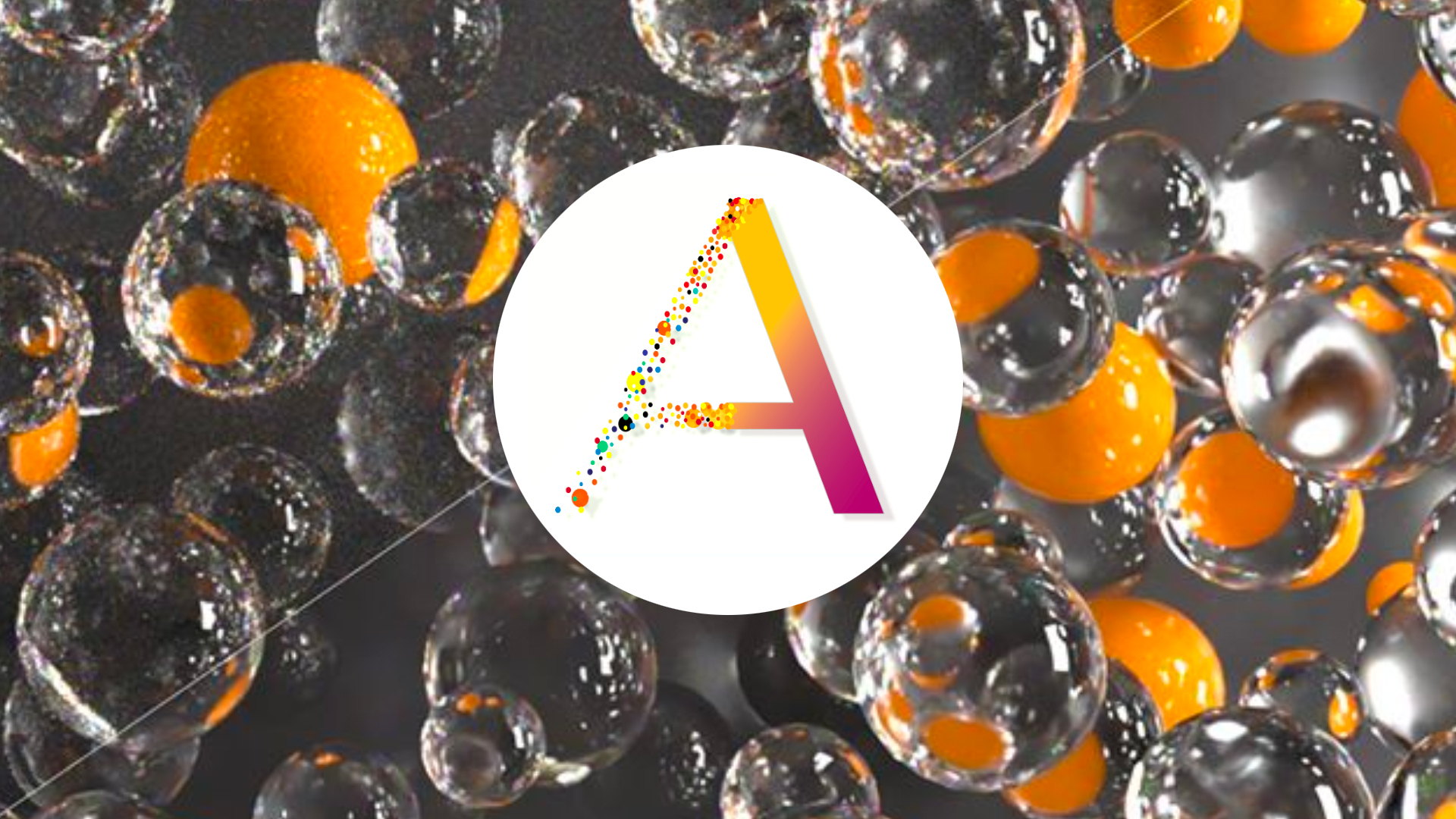
Altus Densoiser
Direct integration with the Altus denoiser from Innobright to further reduce render times while maintaining high quality clean images.

Physically Based Materials
Flexible, production-ready shader, compatible with PBR workflows of Allegorithmic Substance and Unreal Engine.
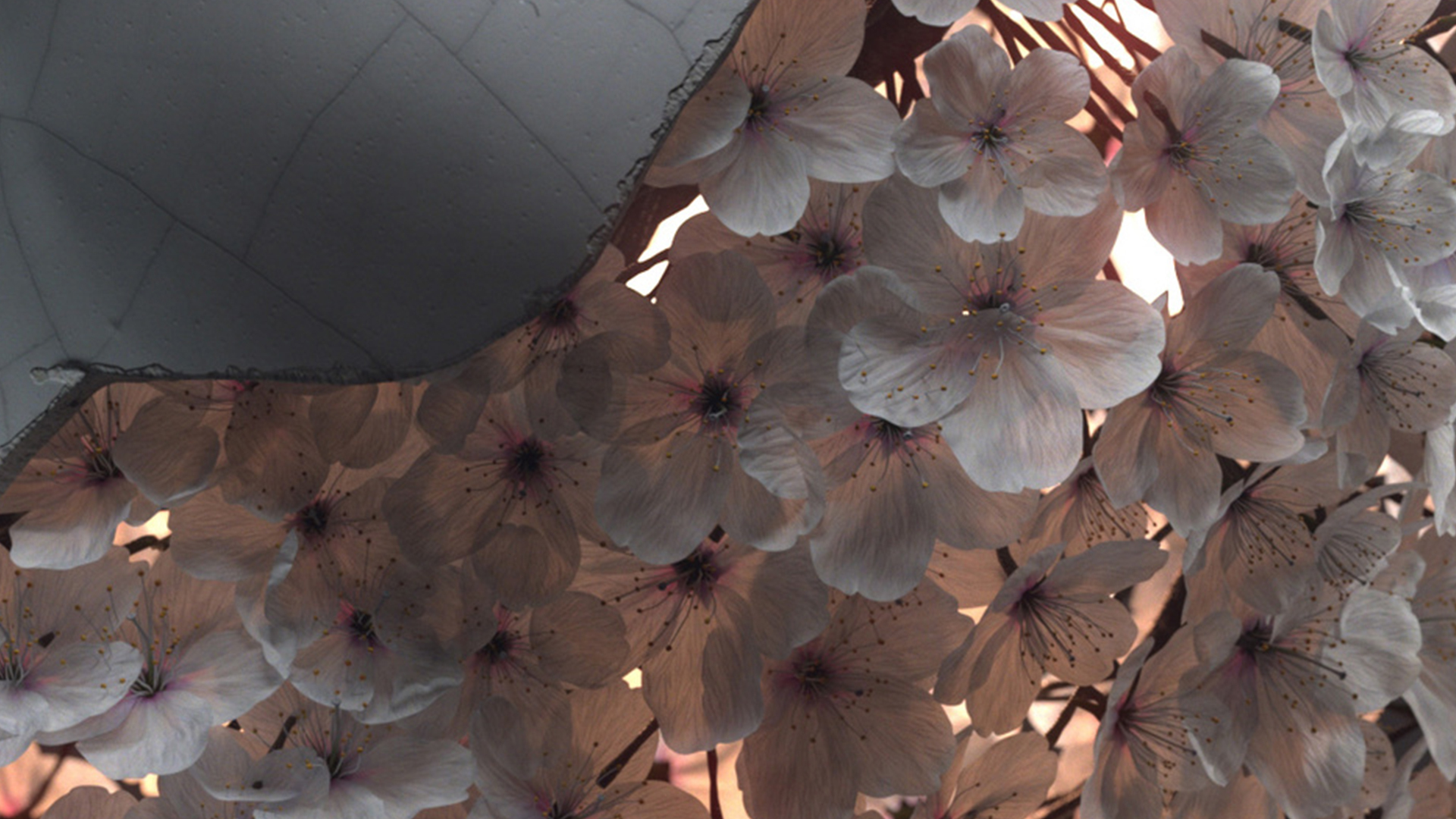
Ray switches
Control how materials behave for certain ray types. Useful for customizing GI or double-sided polygon shading.
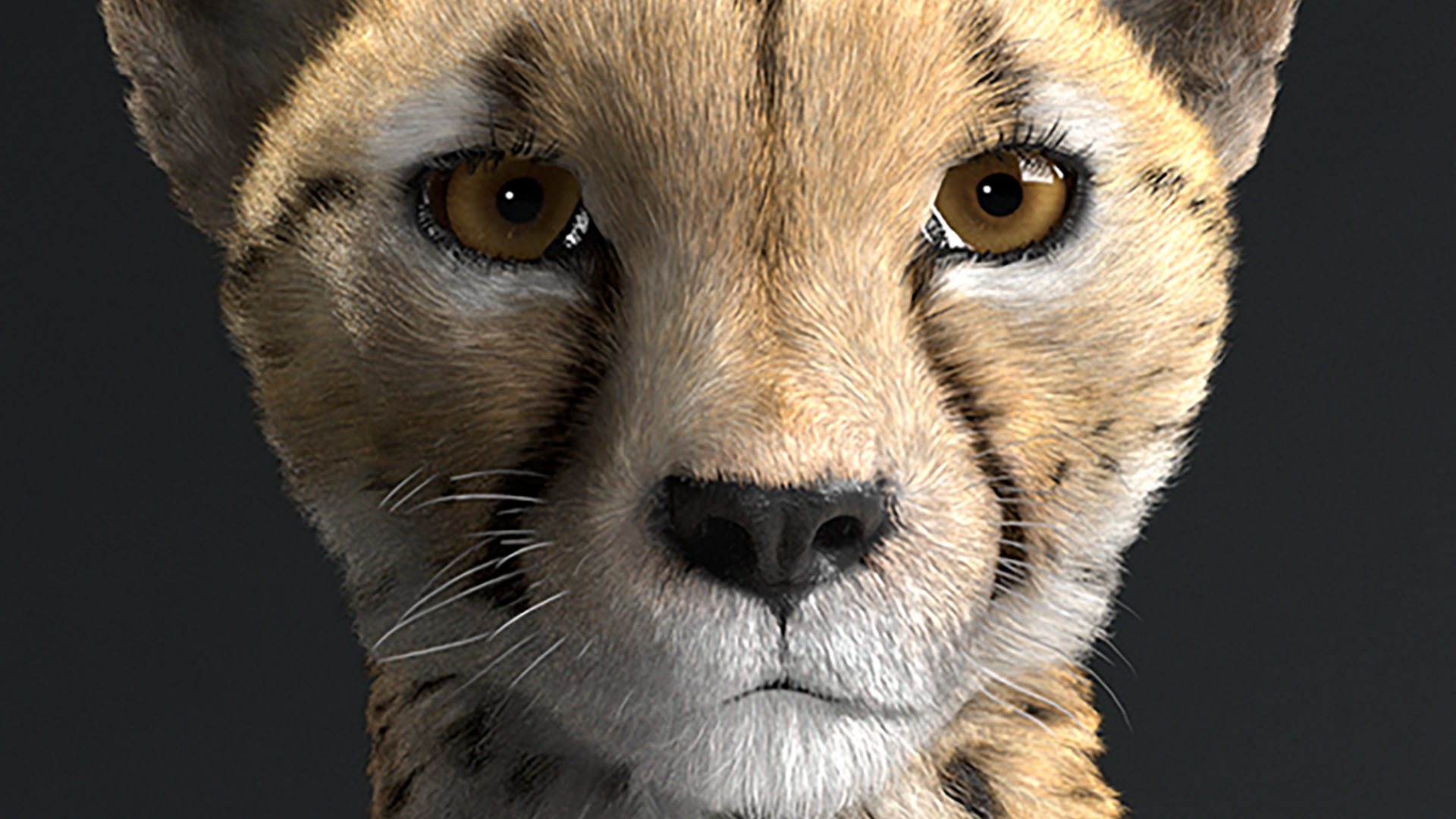
Hair shader
Accurately simulates light scattering off of and in hair with a physically principled model, yet offering artist-friendly controls.

Dedicated skin shaders
Support for up to 3 layers of sub-surface scattering in a single shader for realistic looking skin.
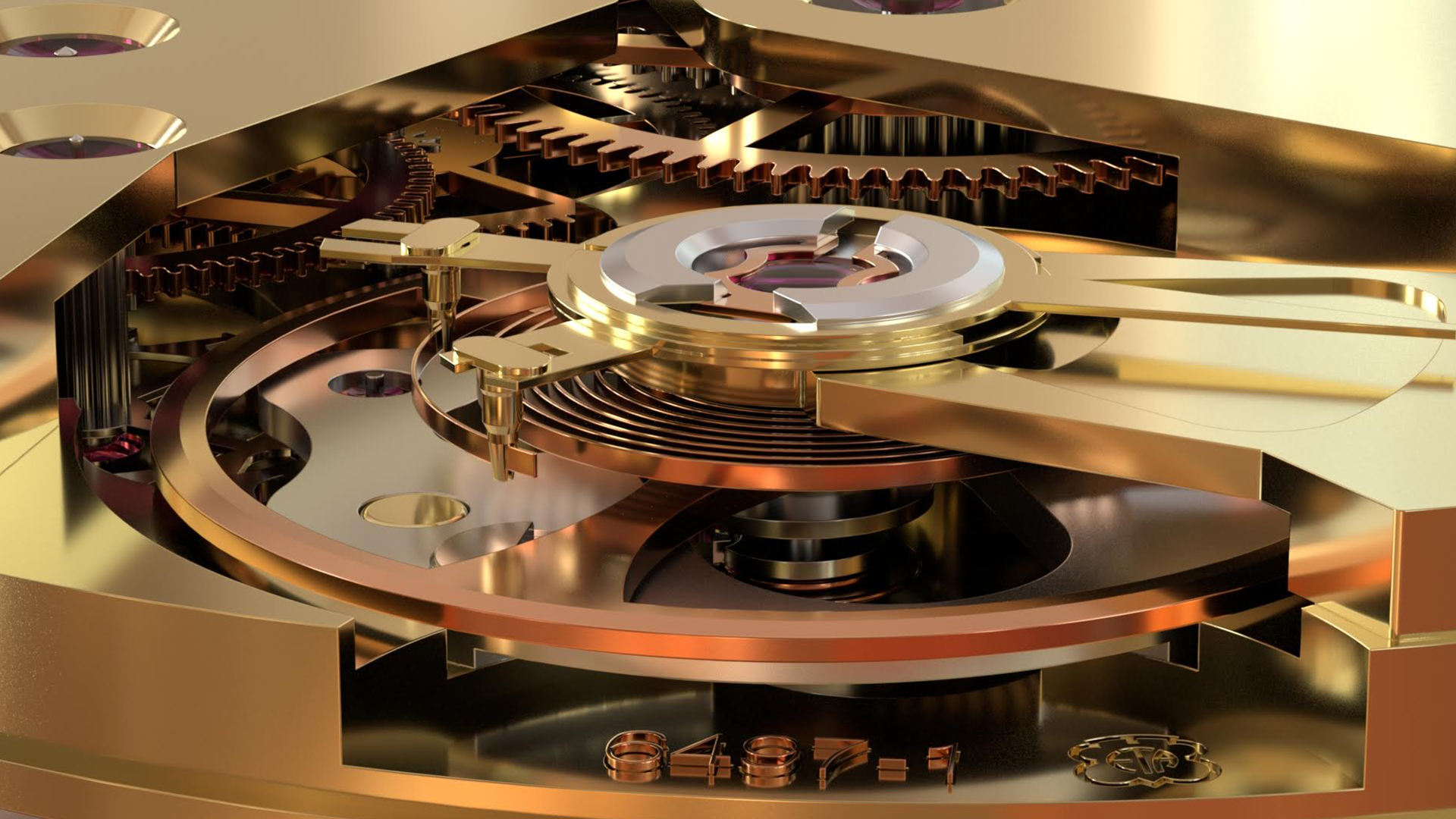
Round corners
Get smooth edges without requiring geometry tessellation. This technology is licensed from NVidia.

Displacement mapping with ‘auto-bump’
Add geometric and lighting detail to surfaces using displacement mapped height, vector textures or procedural shading nodes.
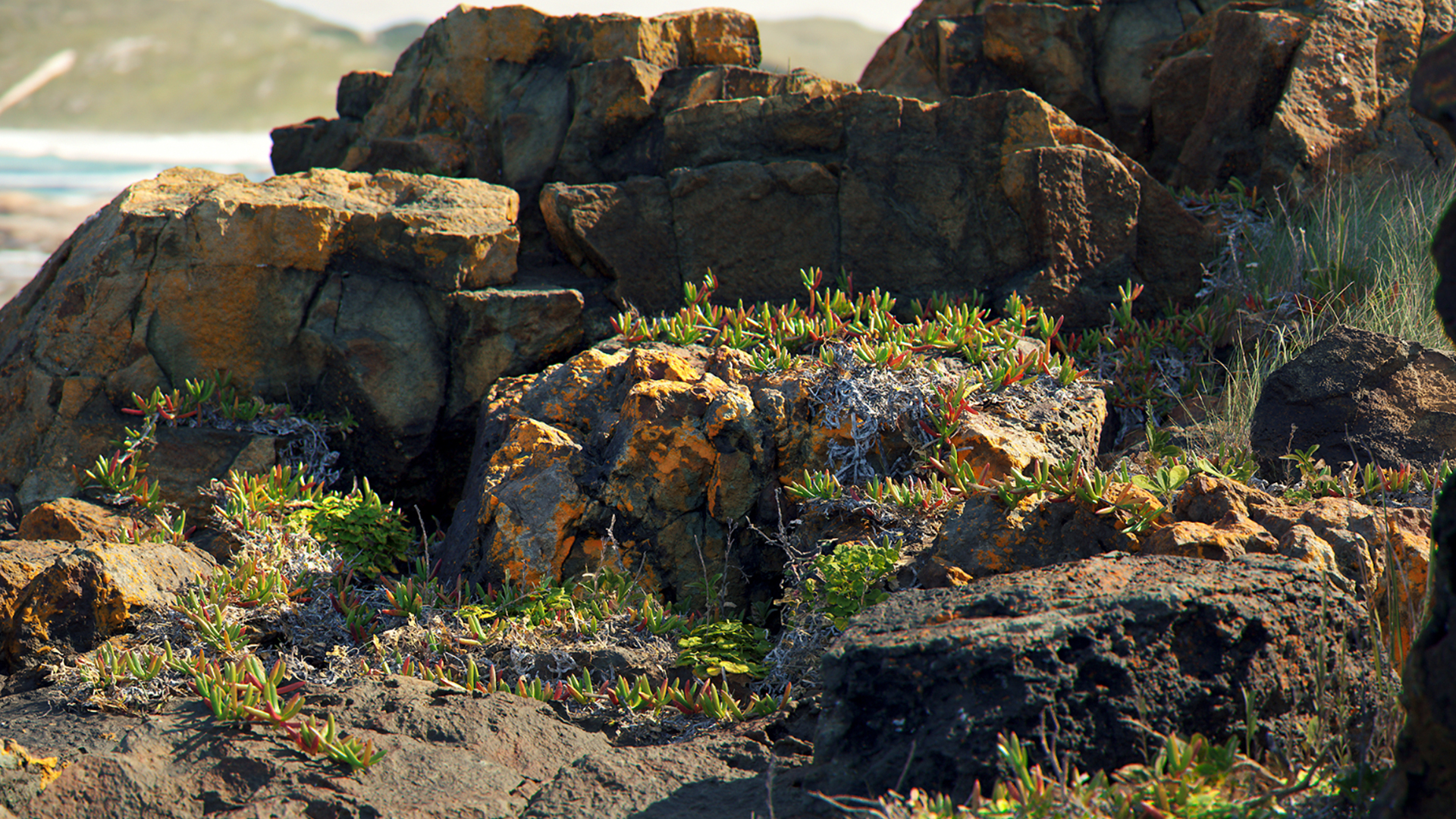
No texturing limitations
Virtually unlimited number and size of textures regardless of VRAM. Built-in efficient UDIM/UVTile tiling support.
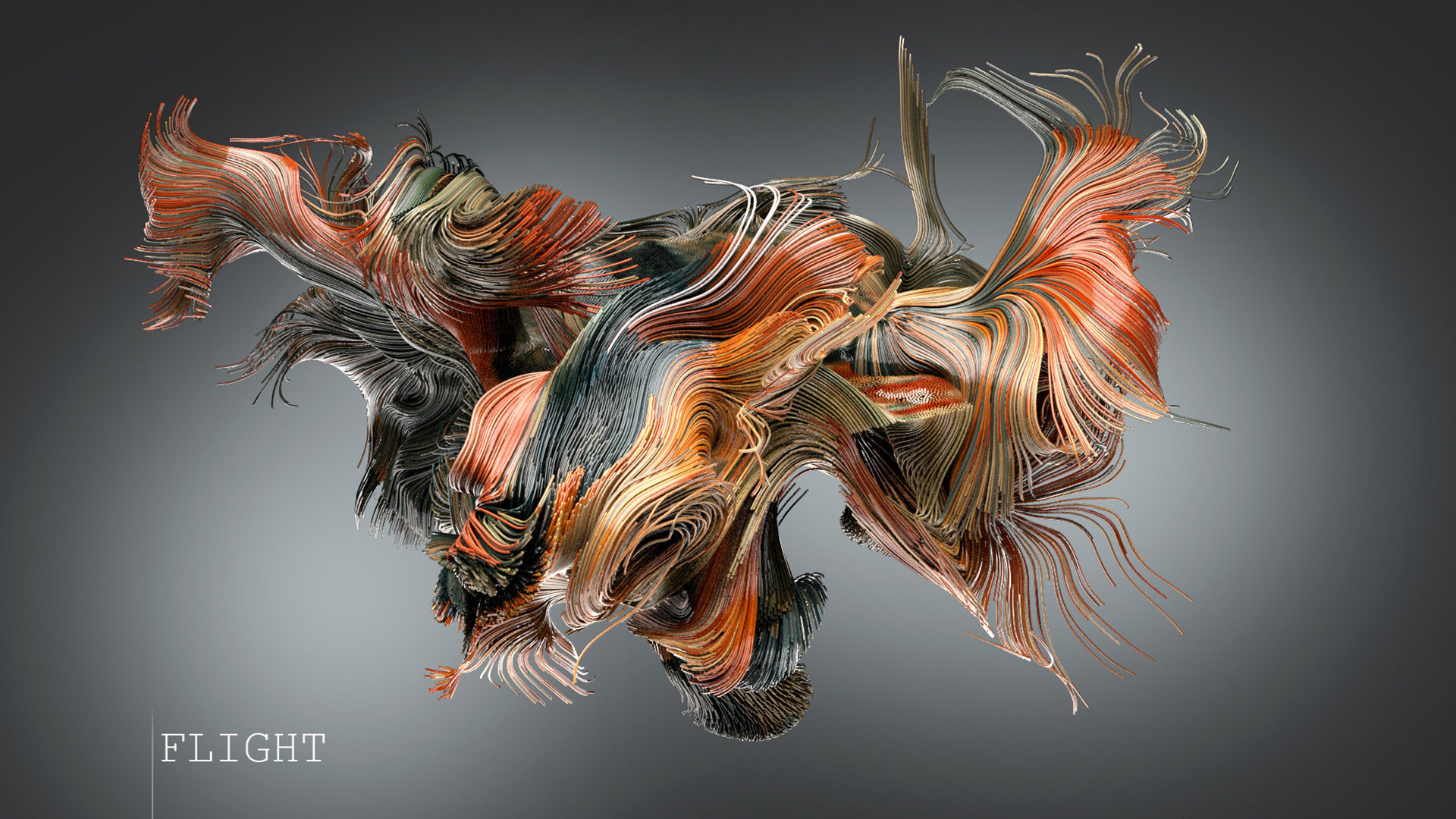
Powerful shading attributes
Shaders can access per-vertex (weight maps, multiple UVs, etc) or per-object attributes for maximum flexibility.
Sprite node
Render foliage and other opacity-cutout effects blazingly fast!
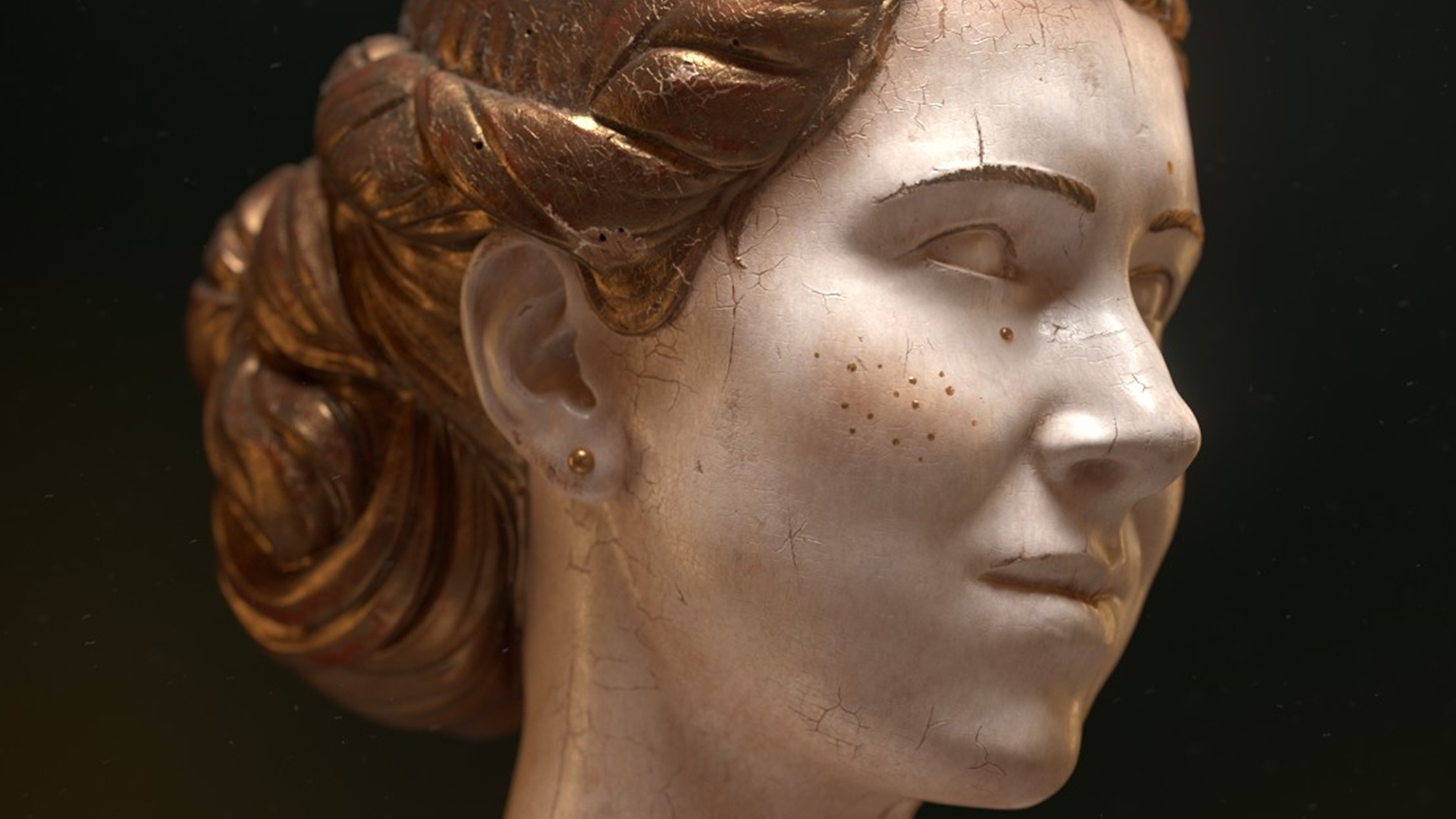
Large variety of nodes
Redshift supports many dcc shading nodes for math, color ramps, color remaps and conversion, gamma and many others.
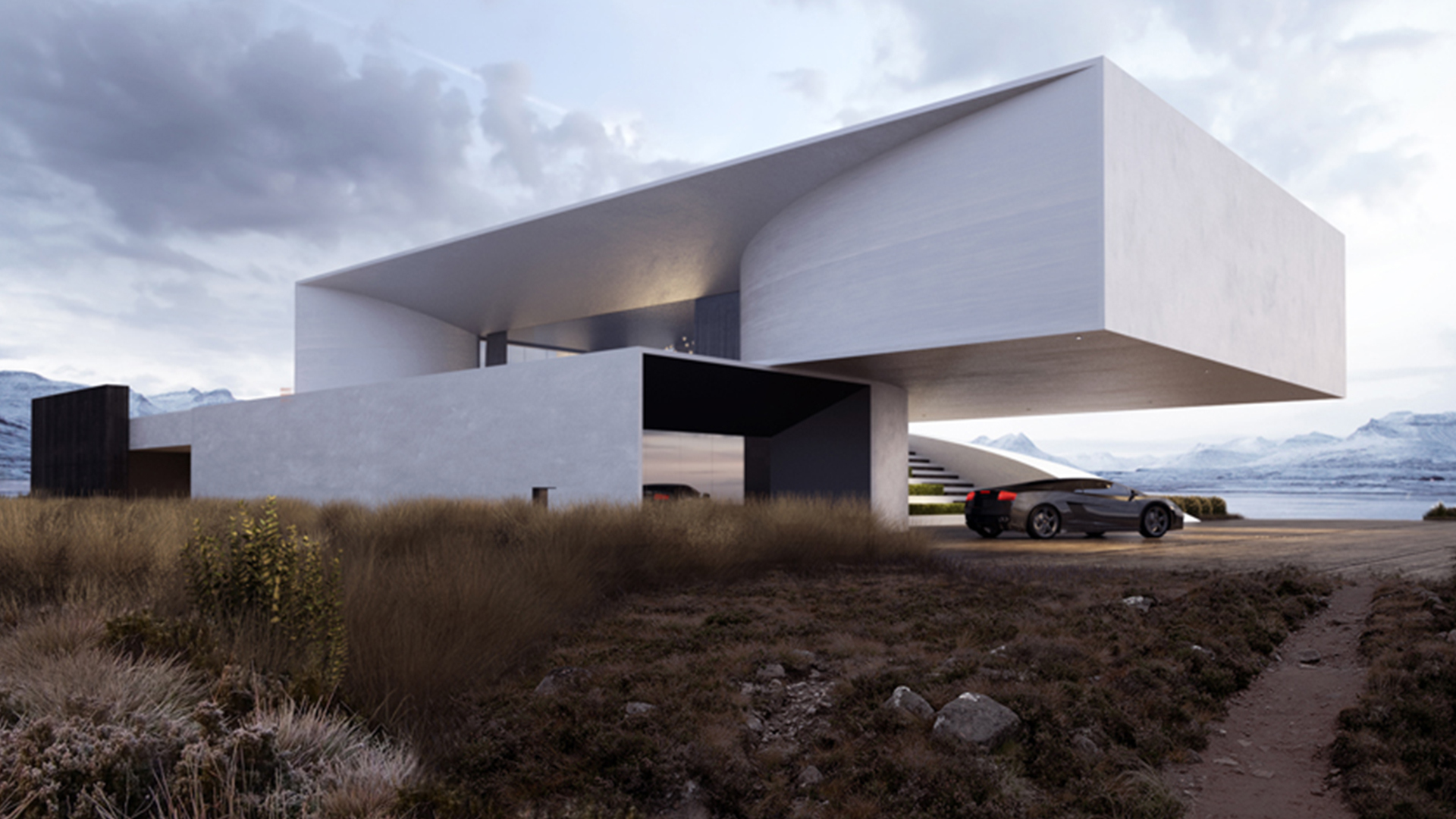
Dome lights
Efficiently light an entire scene using image-based environment textures.

Mesh lights
Use any mesh in the scene as a light source, with the same features and sampling efficiency as regular area lights
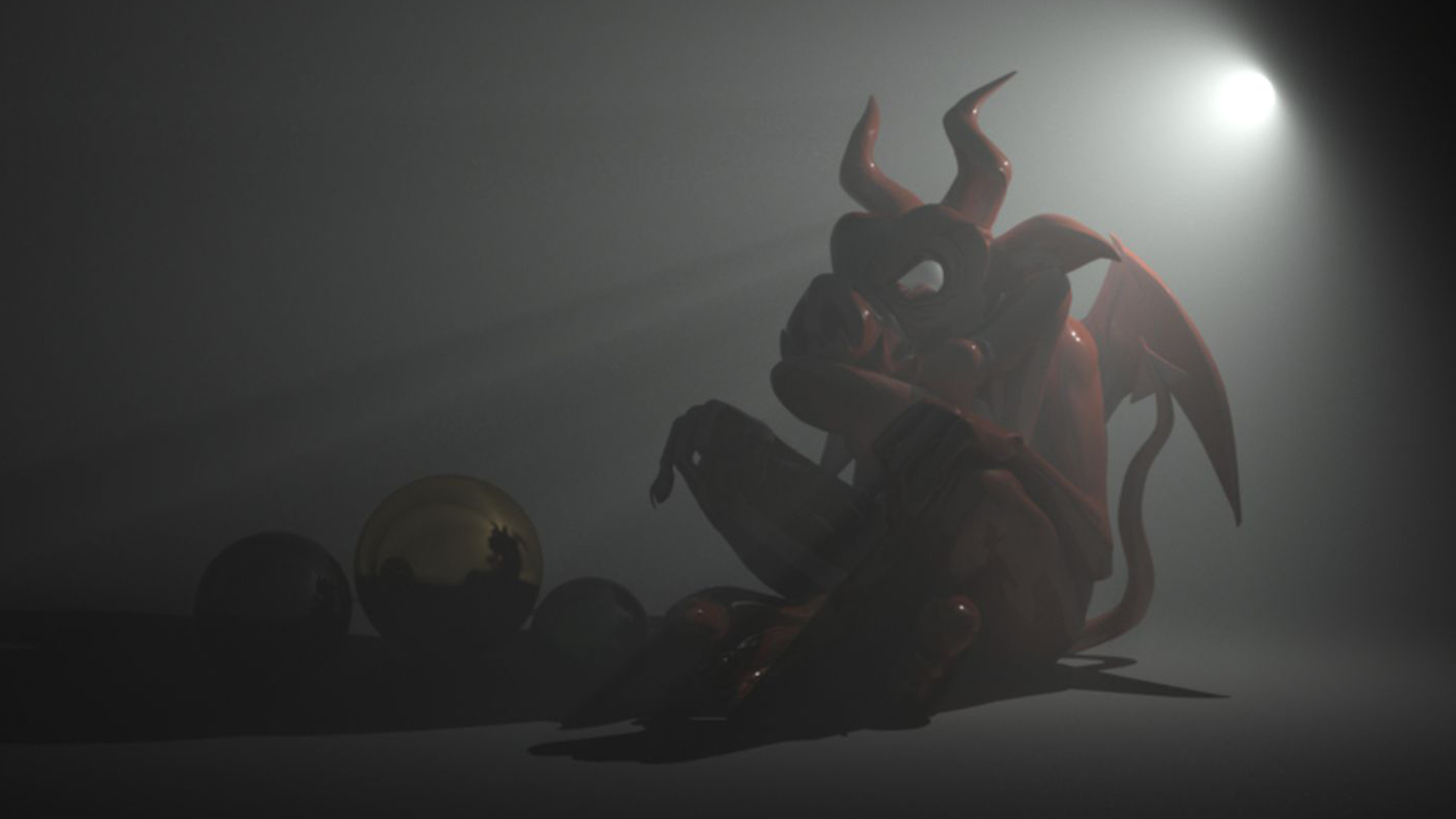
Volumetric lighting
Redshift lights can affect atmospheric volumetric fogging for the popular 'God ray' effect.
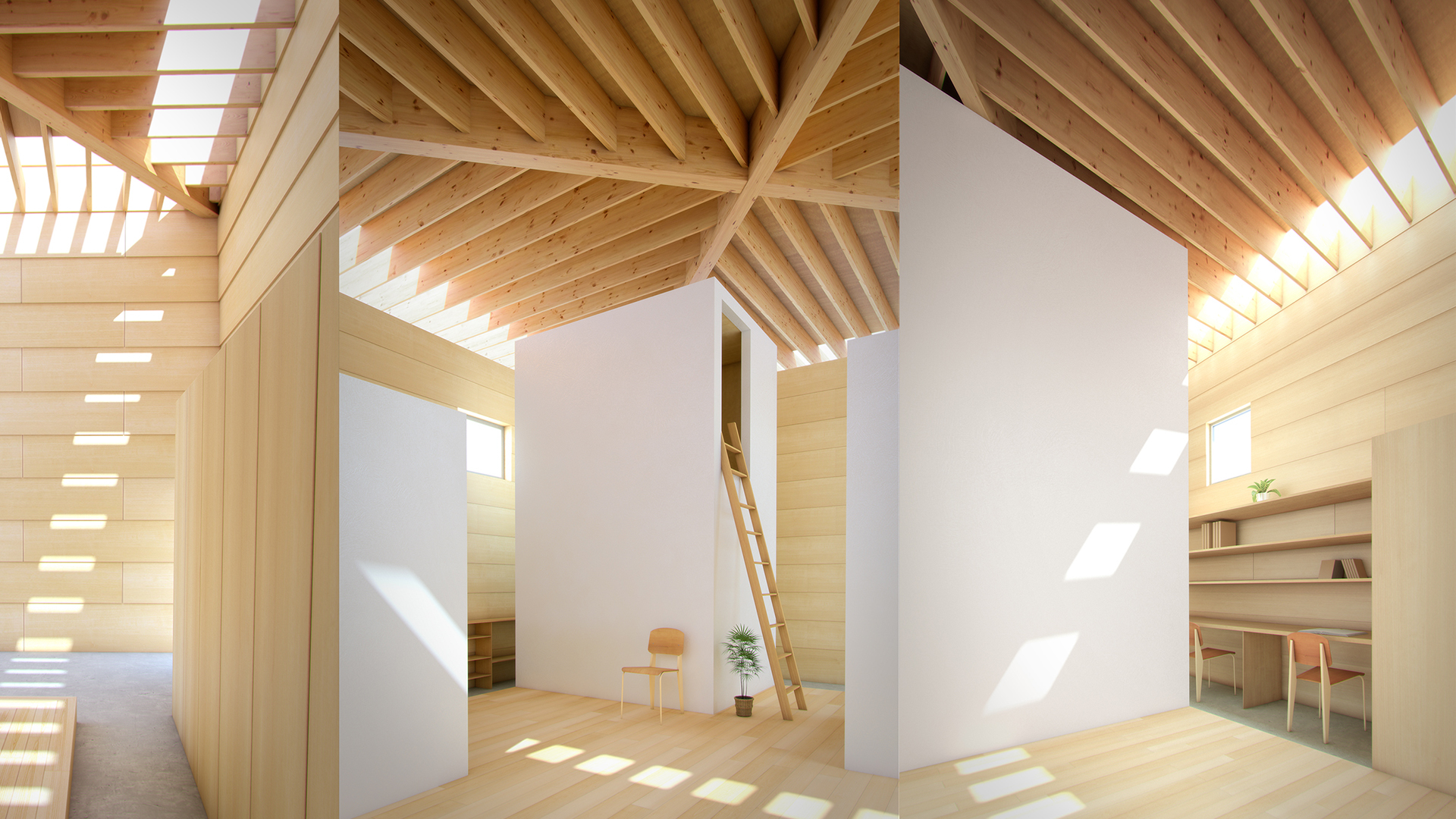
Physical sun and sky
Natural-looking physical sun light and sky emulation.

Physically correct lights
Full flexibility ranging from area lights to photometric/IES lights, 'portal' lights and texture-projected 'gobos'.
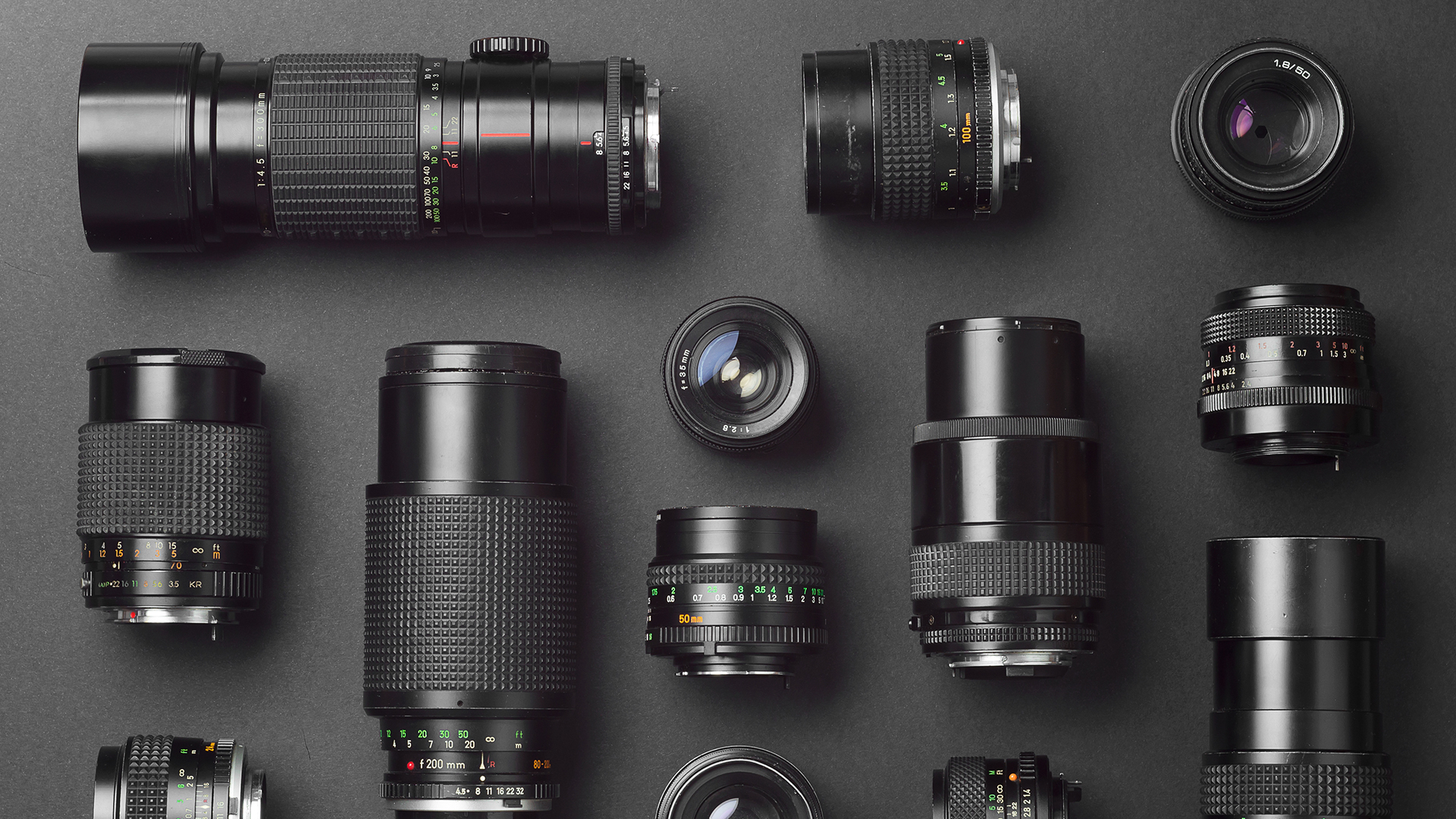
Multiple camera lens types
Fisheye, spherical, cylindrical cameras, lens distortion.
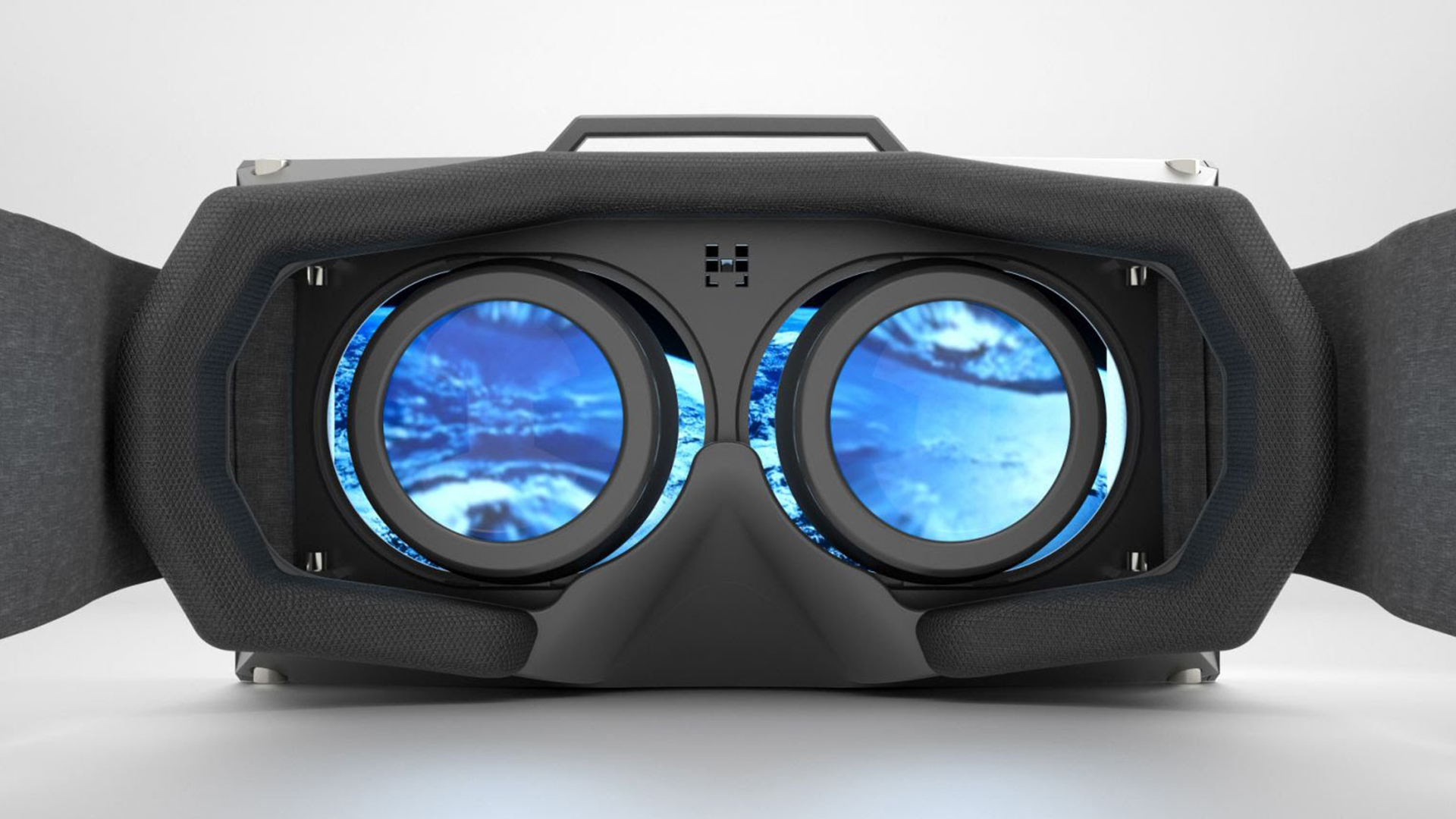
VR
Stereo Spherical rendering for VR applications.

Physical lens effects
Familiar photographic exposure controls such as ISO, shutter, vignette, color balance and textured bokeh depth-of-field.

Deep and Layered EXR support
For 3d compositing and efficient management of AOVs.
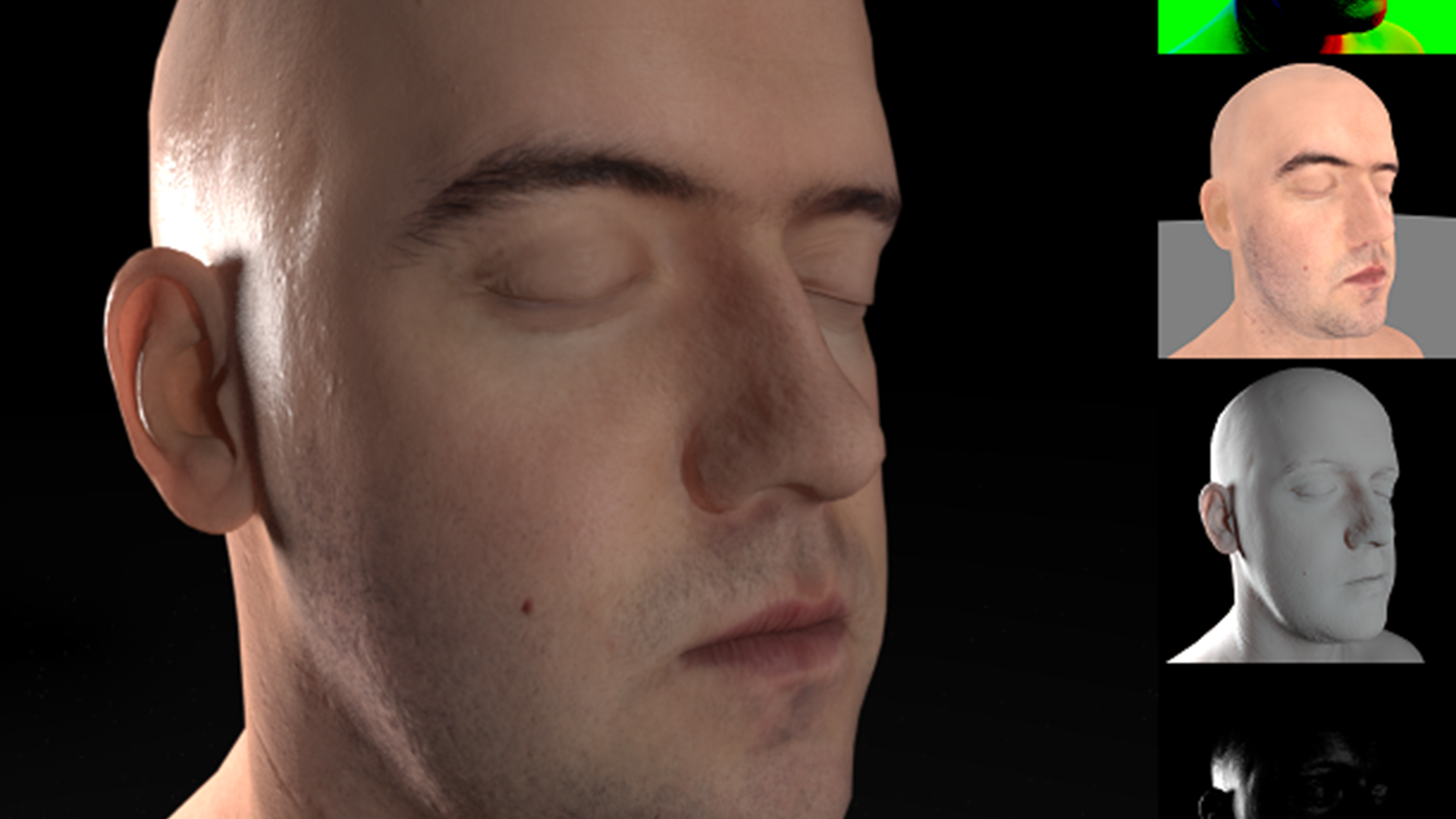
Many AOV Types
Material shading components (albedo, diffuse, reflections etc), depth, motion vectors, puzzle-matte and many more.
Redshift works with a number of industry standard applications for a seamless integration into your pipeline








